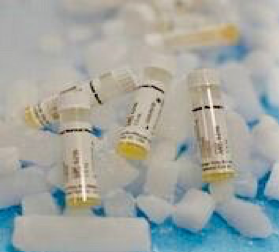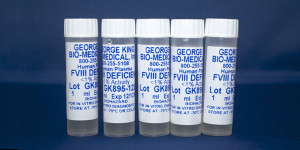Blog
-

Lab Week 2025-The Mystery Machine of Diagnostics!
April 21, 2025 -

How to Properly Thaw Frozen Plasma Samples in the Coagulation Lab
March 25, 2025 -

Q&A with Chris Bombardier
February 11, 2020 -

Thoughts on Thawing
November 28, 2018 -

Have You Heard the New Musical Group King?
October 29, 2018 -

Fresh Frozen Plasma vs Lyophilized: What should your lab use?
June 20, 2018 -

Lot to Lot Correlations
May 15, 2017 -

FVIII Activity: Chromogenic Assay Vs. Clot-Based?
October 14, 2016 -
![Factor Sensitivities – What’s the value, anyway? [Pun intended]](https://kingbiomed.com/wp-content/uploads/2016/08/FVIII-300x200.jpg)
Factor Sensitivities – What’s the value, anyway? [Pun intended]
August 12, 2016 -

Congenital Factor Deficient Plasma vs. Immunodepleted Factor VIII Deficient Plasma
March 21, 2016
